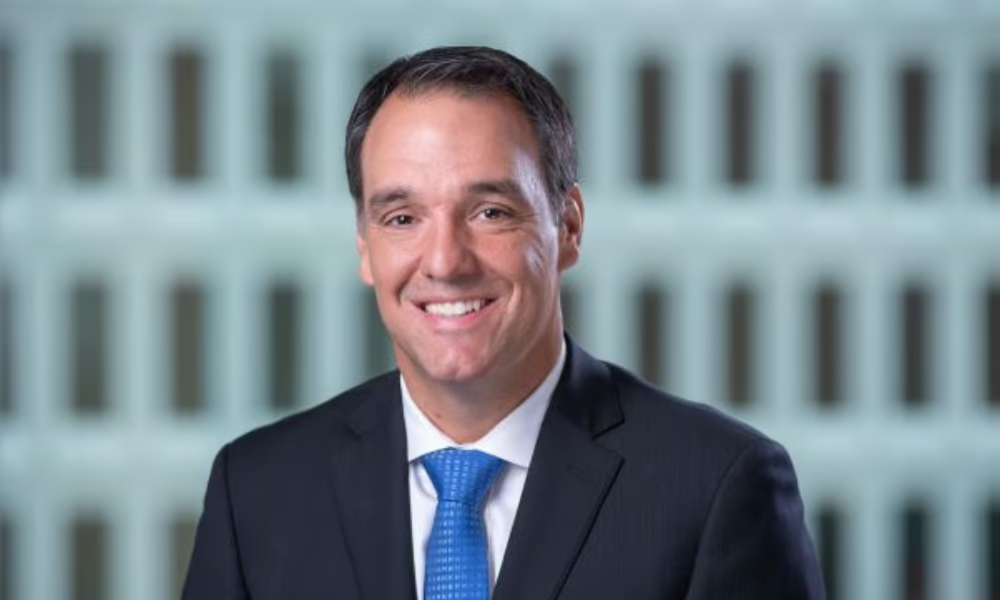Award-winning advisor looking to the Fed and warns there could be a pivot ahead

The Bank of Canada finally took a pause from its inflation-tamping campaign by holding its key policy rate steady at 4.5%.
“Global growth continues to slow, and inflation, while still too high, is coming down due primarily to lower energy prices,” it said in a statement. “Inflation eased to 5.9% in January, reflecting lower price increases for energy, durable goods and some services.”
The move – or non-move – was hardly surprising to the majority of observers and market participants. That includes Rob Tetrault, an award-winning advisor based in Manitoba.
“This is exactly what we expected here,” Tetrault, senior portfolio manager at Tetrault Wealth Advisory Group with CG Wealth Management, told Wealth Professional. “I don't think anyone would be surprised.”
Even in 2021, he says he was already cutting back bond exposures within client portfolios. While he didn’t anticipate the record inflation and drastic rate hikes of 2022, he already had serious questions about the value of bonds at the time.
“Do we want to own 10-year paper or five-year paper where clients are getting paid 1% yield?” he said. “If interest rates go up, there’s huge risk to owning corporate bonds, government bonds … Why would anyone want to own paper that pays 1% prior to taxes, inflation, and fees?”
To help mitigate risks and enhance real returns, Tetrault has added a dose of alternatives exposure to his clients’ portfolios. Today, the holdings within that sleeve run the gamut from private real estate to private infrastructure, music royalties, farmland, and private equity.
That decision paid off particularly well last year. As record inflation and skyrocketing interest rates sent stocks and bonds tumbling in the public markets, he estimates returns in the high single digits or low double digits for alternative holdings within his clients’ portfolios.
“If you focus on assets that are going to generate real returns, and they're kind of uncorrelated to traditional stock markets, and they capture inflation, [alternatives] are a good asset class to own,” Tetrault says. “We also want to own good, quality companies that are able to pass on inflation to their consumers – some consumer retail, some consumer discretionary.”
As the BoC presses pause on interest-rate hikes, he is strongly considering the possibility of getting back into bonds. While the central bank “[continues] to assess economic developments and the impact of past interest rate increases,” it says the latest readings of inflation, GDP, and other indicators support its expectation of CPI declining to around 3% by the middle of this year.
Aside from economic indicators, Tetrault says the U.S. is worth watching for hints on the BoC’s next move. In an appearance before legislators in Capitol Hill this week, Federal Reserve Chairman Jerome Powell said interest rates south of the border are likely to head higher than the American central bank anticipated.
“The latest economic data have come in stronger than expected,” Powell said on Tuesday, citing data pointing to a reversal in U.S. inflation from its late-2022 deceleration. “If the totality of the data were to indicate that faster tightening is warranted, we would be prepared to increase the pace of rate hikes.”
Should the Fed increase its interest rate, it could push the BoC into following suit. While the BoC has promised to take a wait-and-see policy rate stance, many economists agree it can only lag its American counterpart by about 100 basis points.
“The U.S. is going to lead the way here with interest rates. They're going to decide the course of action,” Tetrault says. “The pause [by the BoC] is good. But there could very well be more rate hikes yet.”



